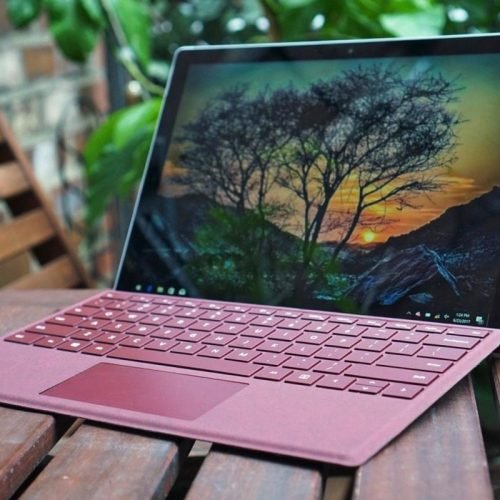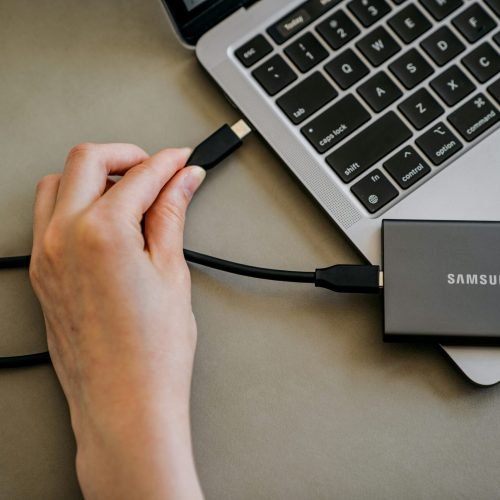
Understanding Your Needs as a Student
When evaluating the choice between a laptop and a tablet, students must first assess their individual academic requirements. Different fields of study often necessitate varying levels of computing power and functionality. For instance, students pursuing STEM disciplines frequently engage with complex applications that demand substantial processing capabilities, making a laptop a more suitable option. In contrast, humanities students may find that the lightweight nature and simplicity of a tablet adequately meet their needs, especially when it comes to reading e-books or accessing online resources.
Another essential factor to consider is multitasking. Many students engage in simultaneous activities, such as taking notes during lectures while browsing the web for supplementary materials. Laptops generally offer a more robust environment for multitasking due to their larger screens and the ability to run multiple applications simultaneously. Conversely, tablets excel in portability, which can be advantageous for students who require easy mobility between classes or study locations, particularly for those participating in hybrid or online courses.
The ease of use is also a critical component in this decision-making process. Tablets are often lauded for their intuitive interfaces and touch-screen capabilities, making them user-friendly options, particularly for note-taking through stylus technology. However, those who rely on advanced software, such as coding or graphic design applications, may find a laptop’s keyboard and additional connectivity options to be indispensable.
In summary, a thoughtful evaluation of your academic needs, including your field of study, the extent of multitasking, mobility requirements, and software accessibility, will enable students to make an informed decision between a laptop and a tablet. This introspective process is essential for optimizing your educational experience with the right technology.
Pros and Cons of Laptops and Tablets
When considering the choice between a laptop and a tablet, it is essential to understand the advantages and disadvantages of each device. Laptops generally come equipped with more powerful hardware, making them suitable for demanding tasks like graphic design, programming, or video editing. They typically feature larger screens and full-sized keyboards, enhancing the overall user experience for writing, spreadsheets, and extensive multitasking. Furthermore, laptops usually support a broader range of software applications, including specialized programs that may not be available on tablets.
However, laptops can be bulkier and heavier than tablets, which can hinder mobility, especially for students who are constantly on the move. Additionally, battery life tends to be shorter compared to tablets, though recent advancements have improved laptop longevity significantly.
On the other hand, tablets offer remarkable portability due to their lightweight and slim designs. This makes them an excellent choice for students who prioritize ease of transport and convenience. The touch interface provides an intuitive user experience for browsing, reading, and even light productivity tasks. Tablets often have longer battery life than laptops, allowing for extended usage without the need for frequent charging. Furthermore, many tablets come with stylus support, enhancing note-taking and creativity, especially useful for students in visual arts or design fields.
Nevertheless, tablets may lack the processing power and software compatibility that many students require for more intensive projects. The absence of a physical keyboard can hinder typing speed and efficiency, which may pose challenges for extensive writing assignments. In conclusion, the choice between a laptop and a tablet ultimately depends on individual needs, usage patterns, and the specific requirements of coursework. Evaluating these factors can assist students in making an informed decision that aligns with their educational priorities.
Budget Considerations and Value for Money
When it comes to selecting between a laptop and a tablet, budget considerations play a pivotal role in the decision-making process for students. Initial purchase prices for these devices can vary significantly based on specifications, features, and brand reputations. Typically, laptops range from approximately $300 to over $2,000, depending on performance needs. In contrast, tablets tend to be more affordable, generally falling between $150 to $1,500. However, students should also consider the specs they truly need for their academic work, as entry-level devices may suffice for basic tasks.
For students on a tighter budget, affordable options such as Chromebooks or budget-friendly tablets can serve as practical solutions. These devices provide essential functionalities for tasks like word processing, web browsing, and note-taking without breaking the bank. Furthermore, financing plans offered by various retailers can ease the burden of an upfront payment, enabling students to spread the cost over several months. This approach is especially beneficial for those who may not have immediate access to a lump sum of cash.
Beyond the initial financial outlay, prospective buyers should evaluate the long-term value of each device. For example, laptops generally offer superior durability and better resale value over time when compared to tablets. Accessories, such as keyboards and protective cases, can also add to the overall investment. While tablets may require additional purchases to enhance productivity—like styluses or keyboard attachments—laptops often come equipped with necessary functionalities out of the box.
In weighing budget considerations, students must assess their individual needs and long-term financial implications. Careful evaluation of each device’s value for money can ultimately lead to a more informed decision that aligns with both academic requirements and financial constraints.
Making the Right Choice for Your Study Style
When selecting between a laptop and a tablet, students must consider their study habits and lifestyle to determine which device best suits their needs. Each device has unique advantages that can significantly impact academic performance, especially in various learning environments. For instance, if a student frequently attends lectures or seminars that require note-taking and document editing, a laptop may prove to be more advantageous due to its full keyboard and multitasking capabilities. Conversely, a tablet’s lightweight design and extended battery life make it a practical choice for students who prioritize portability and quick access to information.
In addition to the type of coursework, a student’s extracurricular activities may influence their choice. For example, those involved in creative fields such as graphic design or video editing may benefit from the powerful processing capabilities of laptops. Tablets, however, often offer specialized applications that cater to more casual tasks such as reading e-books, annotating PDFs, or even drawing with a stylus. Identifying the primary activities that will be performed on the device can assist students in making a more informed decision.
Moreover, personal preferences for technology usage play a crucial role in this decision-making process. Some students may find the touch interface of tablets more intuitive, while others might prefer the traditional feel of a laptop. To maximize the effectiveness of their chosen device, students are encouraged to test both types in real scenarios. Visiting a tech store to physically interact with the devices or borrowing from peers can provide insight into what feels most comfortable. Ultimately, the chosen device should enhance both academic performance and personal growth, aligning seamlessly with the individual’s study style and daily routine.



